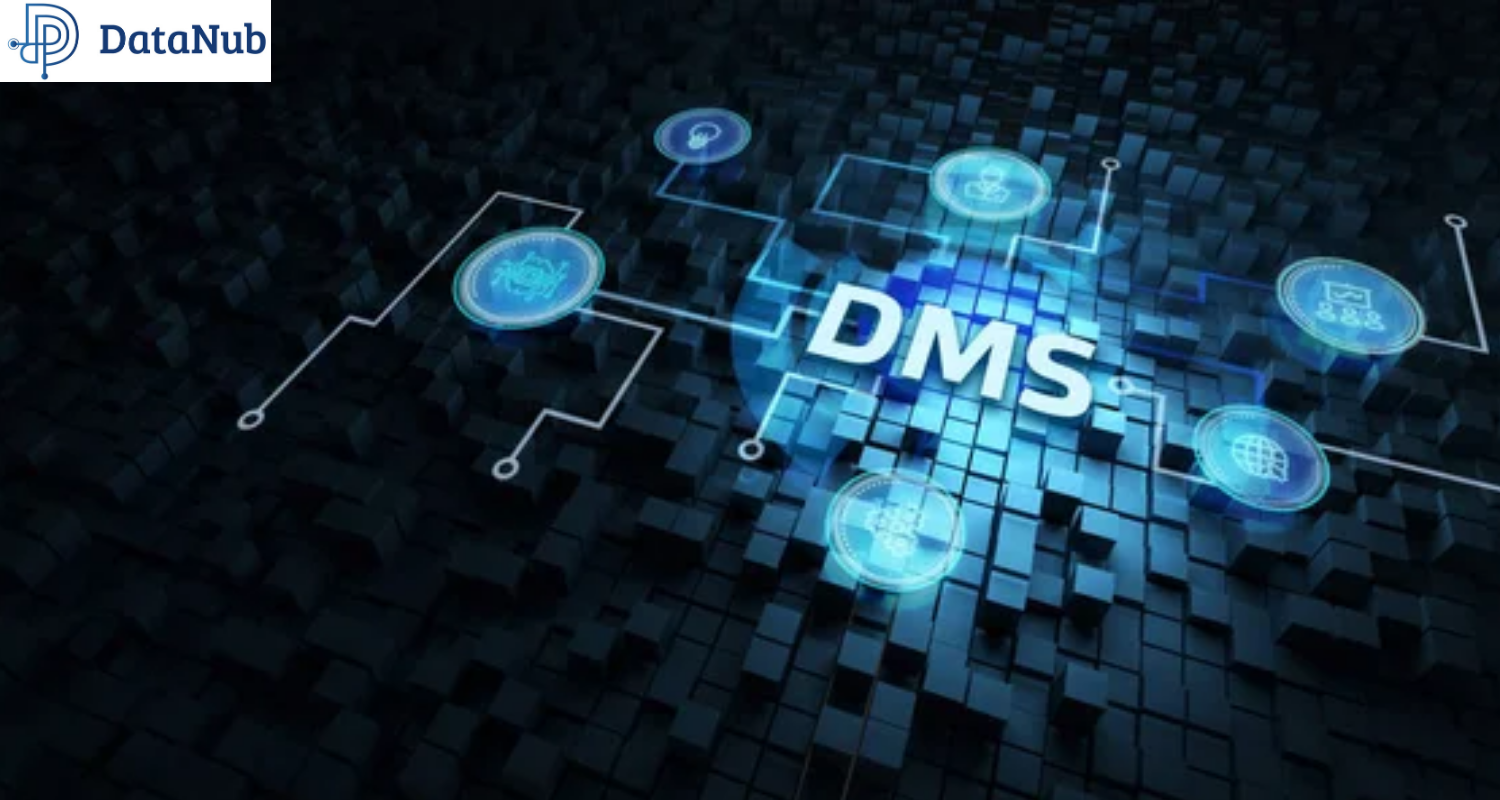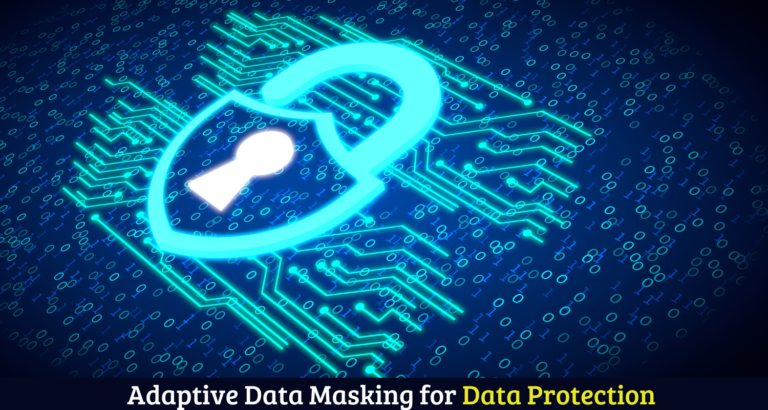Field Logging
Why Field Logging?
- Most of the solutions, including SAP process control are built on the framework of data acquisition system where a data is retrieved in a separate system, processed, analysed and then alerted.
- Because of the volume of data to be handled in each cycle, usually the entire activity is done in a scheduled manner which is in many cases monthly or quarterly.
- There is a lack of a tool, which does this entire process through a logger model.
- We reengineered a solution which enables data logging through a specific field of interest rather than considering the complete transaction
Who this solution for?
- Do you want to log a sensitive field, by continuously checking the changes through an alert triggered via an email or report?
- Do you want to log a sensitive field outside office hours, from an unknown system terminal and inform to stack holders?
- Do you want to build an additional control even if the user has an access for transaction code?
How we developed it?
- Built using ABAP platform, our products does not require any additional add-on installation and licenses
- The product can be shipped via transports.
- The product is shipped with 20+ industrial best practice masking models.
- The product is compatible with S/4 HANA & ECC systems.
- The product can mask GUI, Webdynpro & Fiori Applications.
Collect, Process & Alert in Real time.
- As we are living in 21st century it’s important to prevent & predict fraud rather than detecting the fraud and building a corrective action plan
- Damage caused can be made neutral if issues are identified immediately after a transaction is executed.
- Our solution does not block a specific transaction code but only reports when there is a change – this will help with business continuity without much impact.
- As our solution is developed at the presentation layer, there is no performance impact because of transaction log in business transaction.
Compliance requirements for implementing our Field Logging Solution
- NERC CIP-007-5 Table R4 – Security Event Monitoring
- R4. Each Responsible Entity shall implement, in a manner that identifies, assesses, and corrects deficiencies, one or more documented processes that collectively include each of the applicable requirement parts in CIP-007-5 Table R4 – Security Event Monitoring. [Violation Risk Factor: Medium] [Time Horizon: Same Day Operations and Operations Assessment].
- M4. Evidence must include each of the documented processes that collectively include each of the applicable requirement parts in CIP-007-5 Table R4 – Security Event Monitoring and additional evidence to demonstrate implementation as described in the Measures column of the table.
- ISO 27001 – A.12.4 – Logging and Monitoring
- Control 12.4.1 A.12.4.1 Event logging – Event logs recording user activities, exceptions, faults, and information security events shall be produced, kept and regularly reviewed.
- Control A.12.4.2 Protection of log information – Logging facilities and log information shall be protected against tampering and unauthorized access.
- Control A.12.4.3 Administrator and operator logs – System administrator and system operator activities shall be logged, and the logs protected and regularly reviewed.
- Control A.12.4.4 Clock synchronization –The clocks of all relevant information processing systems within an organization or security domain shall be synchronized to a single reference time source.
- PCI DSS (Requirement 10)
- 10.1 Establish a process for linking all access to system components to each individual user – especially access done with administrative privileges.
- 10.2 Implement automated audit trails for all system components for reconstructing these events: all individual user accesses to cardholder data; all actions taken by any individual with root or administrative privileges; access to all audit trails; invalid logical access attempts; use of identification and authentication mechanisms; initialization of the audit logs; creation and deletion of system-level objects
- 10.3 Record audit trail entries for all system components for each event, including at a minimum: user identification, type of event, date and time, success or failure indication, the origin of the event, and identity or name of affected data, system component or resource.
- 10.4 Using time synchronization technology, synchronize all critical system clocks and times and implement controls for acquiring, distributing & storing time.
- 10.5 Secure audit trails so they cannot be altered.
- 10.6 Review logs for all system components related to security functions at least daily.
- 10.7 Retain audit trail history for at least one year; at least three months of history must be immediately available for analysis.
Latest Blogs & Case Studies

ABAP Code Generator
DataNub developed a solution to automate Report generation based on few patterns provided by end user.

Simplified DMS
DataNub DMS (Document Management System) is a cross-application module for managing documents in SAP. It offers the possibility to link documents to other SAP objects



